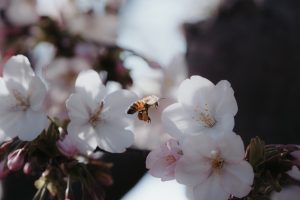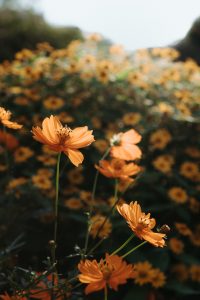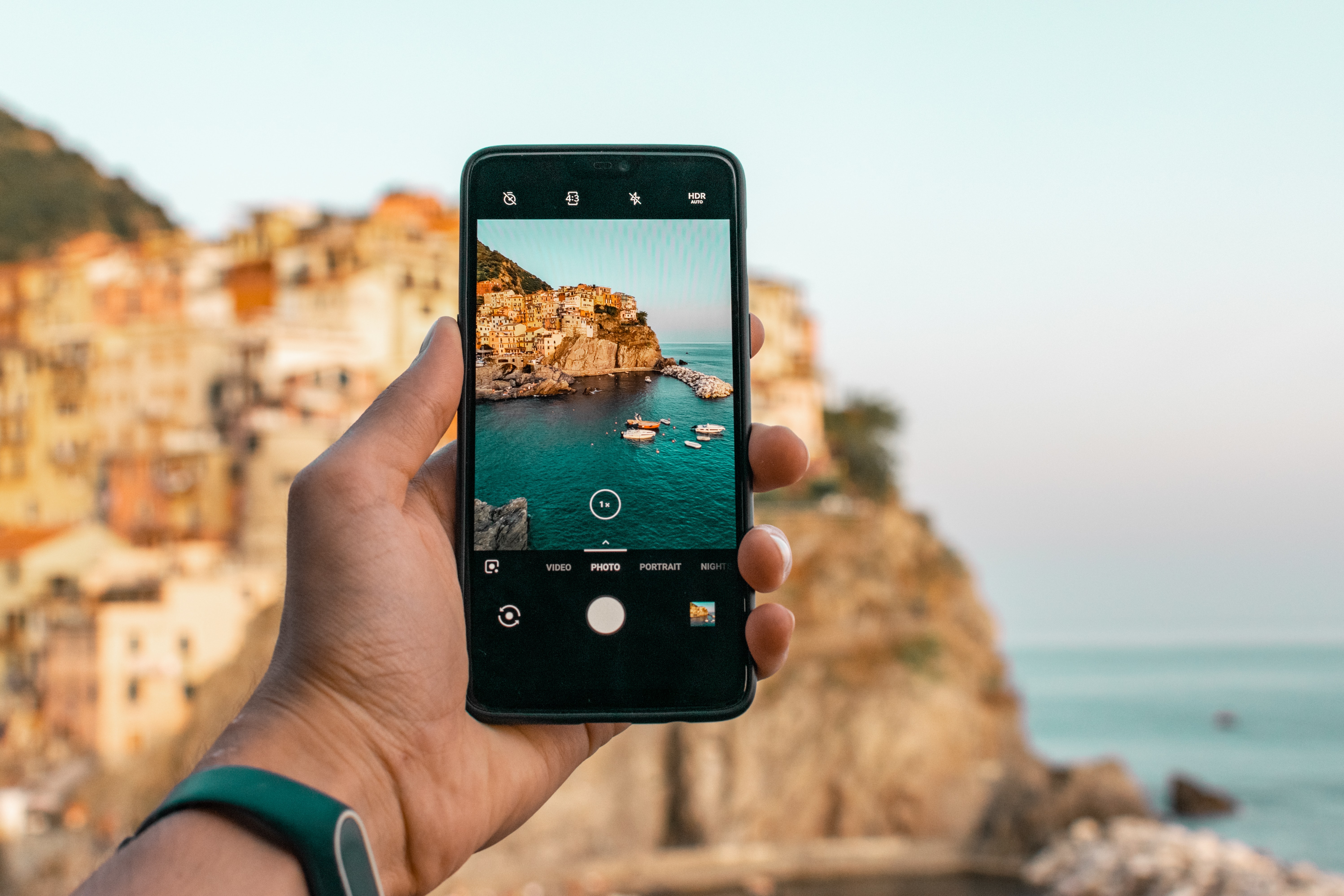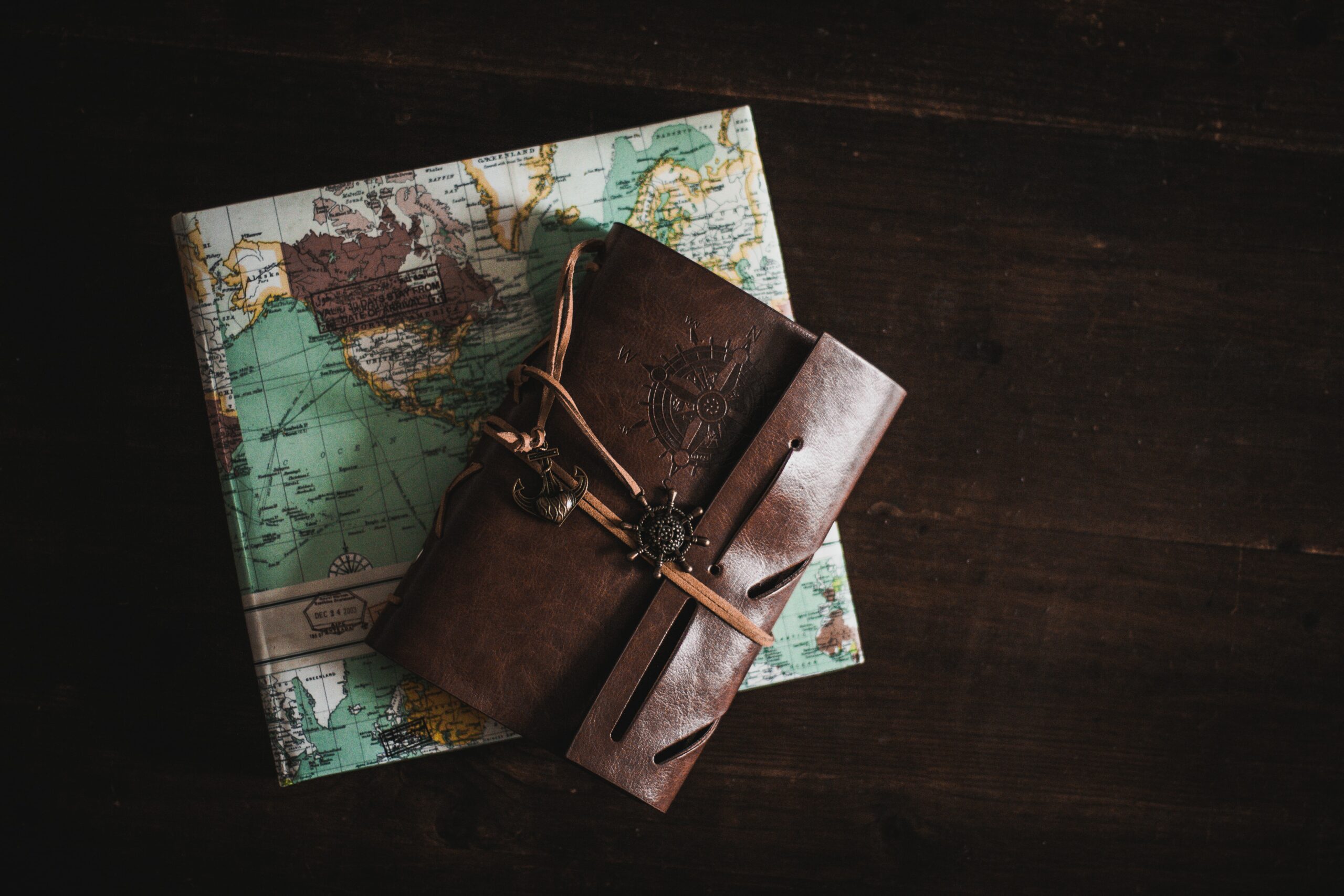Part of documenting your travels through photography is properly capturing the places you are and the nature and scenery in that place. Here are 6 tips taking epic photos of nature, from Lisa Knight, a travel photographer who is part of the Wild Bum community.
I’ve always said that you could drop me off at the local botanical garden with a camera and a backpack full of snacks and you won’t see me for hours. There’s just something so relieving about wandering around in nature taking photos of whatever catches my eye, whether that’s wide sprawling landscapes or soft dappled light filtering through the ginkgo leaves.
When coronavirus became a huge part of our reality, I took solace in taking my camera out for just one hour a day taking photos of the flowers along our local path. I had just moved to Tokyo with my husband, a move stressful in itself. But the act of taking my camera out along the garden path was a form of meditation for me, allowing me to practice mindfulness and gratitude amongst the unease.
Nature is the greatest artist, creating patterns, fractals, colors and textures of infinite complexity and beauty. Photography helps you train your eyes and mind to search for these wonders in life.
The famous mountaineer, John Muir, wrote: “in every walk in with nature one receives far more than he seeks”
So whilst you are the one who searches for the magic in nature, here are my six tips for capturing that beauty with your camera.
If you’re interested in taking better travel photos be sure to read 10 Tips for More Breathtaking Photos and Top Cameras of 2020.
1. Use a wide aperture when you want to feature a subject in a photo of nature.

When you’ve found something beautiful and want it to be the sole focus of your image, create a shallow depth of field by shooting with a wide aperture such as f1.8. This will allow your subject to be in focus, and for the background to take on a soft and blurry effect.
If you’re just starting with photography, aperture is how wide your lens ‘pupil’ opens. It is measured in f stops, which range from f1.2 (a wide aperture) to f22 (a narrow aperture). Your lens dictates the range of apertures that you can set on your camera.
You can also emphasize your subject by using a zoom lens (from around 70mm onwards). By zooming in the background will compress, often resulting in less detail and a beautiful blurry effect (also known as bokeh)
I took this photo in Japan’s Aokigahara Forest, a primordial forest born from the lava of Mt Fuji many thousands of years ago. I wanted to capture these adorable little moss sprouts, so I used a wide aperture (f/1.8) to isolate the moss and create soft, blurred bokeh in the background.
Conversely, if you want to show as much detail as possible, shoot with a narrow aperture, such as f8+.
2. Zoom into the details.

The beauty of life is in the details, so don’t be afraid to zoom in to capture those patterns, textures and colors that might otherwise go unseen.
You don’t need any special equipment to begin shooting the detail: simply get as close as possible whilst still keeping focus, and you can crop the image later in editing to reveal and enhance those details.
You might not know, but your iPhone has a magnifying glass function allowing you to zoom in more than the camera can! To do this, go to Settings, type in Magnifier and toggle the switch to turn it on. Then, swipe up and you’ll find a magnifying glass icon along where your other widgets are. Simply take a photo by screenshotting.
If you find that you truly love exploring the miniature cosmos of nature, consider investing in a macro lens. These essentially act like a mini telescope and allow you to zoom considerable into very small objects. You just have to look up #macrophotography hashtags to see how magical the results can be!
3. Photos of nature can require you to be patient and persistent.

This might seem like a boring piece of advice, but I really cannot stress this enough. Nature waits for nobody, so you need to always be ready for the right moment. Whilst luck plays a part in those breathtaking nature photos of wildlife or weather patterns, sometimes an incredible photo just takes some patience and determination.
It took me a full hour and around 500 blurry photos to get this photo of a bee amongst the cherry blossoms. I waited in this particular spot, camera propped and ready, until finally the bee flew into my field of vision.
Many of my favorite photos have been the result of a patience, which makes the photo even more special to me!
4. Search for complementary colors.

Color theory is an important component in art, and one of the first places to understand the power of color is by understanding the color wheel.
The color wheel is an organization of colors based on their relationships with each other and helps artists understand which colors are analogous (near each other) and complementary (opposite each other on the wheel). We are physiologically drawn to colors that are opposite each other, because they create a strong contrast.
I took this photo of a monarch butterfly on Japan’s Taketomi Island, a stunning and virtually untouched tropical island within Okinawa. The orange creates a striking juxtaposition since orange and green are on opposing sides of the color wheel.
Other complementary colors are red and blue, purple and yellow, pink and light green, and dark blue and orange.
5. Be conscious of light.

In photography, light is everything. In fact, in Greek the word ‘photography’ means writing with light. That’s how important light is to photography. Light is what gives life to your image; giving you colors, lightness and darkness.
The thing about light, however, is that it changes all the time. Artificial light, natural light, sunny days, cloudy days, inside, outside, in the shade, in the light. It’s always changing.
For example, the bright harsh sun during the middle of the day gives you high contrast: super bright whites and super dark shadows. On a cloudy day, shadows and highlights are flat, and the light takes on a bluer hue.
You’ve probably heard about ‘golden hour’, a photographer’s favorite time of the day. During golden hour, which is generally just after sunrise and just before sunset, the sun’s rays hit Earth on low angle and this produces light that’s warm, soft and magical. That’s exactly the time I took this photo of these beautiful orange cosmos in Tokyo.
You cannot control the light, but you can understand it, predict it and work with it. My number one tip for all photographers is to always keep light in mind. Notice what light does on shadows, texture and color. Look for juxtapositions between light and dark Slowly you’ll begin to develop a keen eye for light, and that’s a fundamental skill to taking beautiful photos.
6. Always leave nature as you found it.

The only way that we can continue to bask in the magic of nature is by respecting it. No matter what you do, never damage nature for a photograph. The best photos of nature are those that are done with deep reverence and care.
If you want to talk more about taking photos of nature, or all things photography and/or nature (especially in Japan) let’s be friends on Instagram @lisainjapan!






